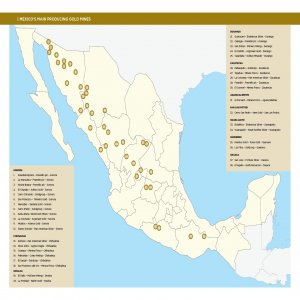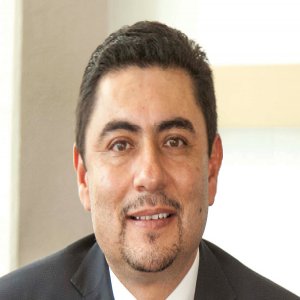Economy of Hidalgo Mining Town Brought Back to Life

STORY INLINE POST
Q: What is the story behind the mine in Zimapan, Hidalgo, one of the country’s most important producers of copper, zinc, and lead?
A: Peñoles exploited most of Hidalgo’s mines for 35 years, halting in 2002. Subsequently, Grupo Trafugura restarted operations at Zimapan in 2004, making investments in exploration and infrastructure to increase the production plant’s capacity to 75,000 t/m. However, this group decided to shut down its operations in 2008 due to the drop in metal prices. This deprived Zimapan of its main economic activity, leaving it to face difficult times in the following years. We took on the task of finding a way to make the exploitation of these mines feasible, in spite of having a marginal mineral reserve, by keeping production costs as low as possible. This led to the creation of Carrizal Mining, which was financed though Mexican capital, and the mine began operations once again in 2010. We currently produce 53,000 tonnes of minerals per month, and the best way to increase our revenues will be by growing our production to 60,000 tonnes by using the same resources and becoming more productive.
Q: How has Carrizal Mining sought to develop Zimapan, beyond restarting former projects?
A: We began exploration activities in 2013 at Toliman, which is also in the Zimapan municipality. The objective was to open a new area to increase production and create new jobs. However, following the drop in prices and other external conditions, we could not continue with the exploration despite some drill holes showing another possible mineral body.
Q: What impact have the operations at Zimapan had on the nearby communities?
A: Carrizal Mining has had a very noticeable impact on the municipality, and its activities have become crucial for the communities. We are responsible for the creation of 550 direct jobs and 1,800 indirect jobs. 10,000 people now depend on the company as around 80% of Zimapan’s economy come from the mining industry. The population is aware of the way the mining industry impacts their economic activities, so people are very accepting and respectful. Similarly, mining companies must both comply with the legislation and maintain a healthy relationship with the communities. To this end, Carrizal Mining has a Clean Industry Certificate and we are currently working on obtaining an ESR certificate. Carrizal Mining has always fulfilled its obligations, whether social, fiscal, environmental, or those related to its employees and stakeholders.
Q: How have fiscal impositions on mining activities affected your operations so far?
A: We work with marginal minerals, meaning that production can stop being profitable due to the company’s internal actions, or because of conditions in the external environment, which are currently unfavorable. For example, silver accounts for 60% of our revenue, but in the past two years the price of this metal went from US$28 per ounce to US$15. I do not need to explain what happens when the prices of our main source of revenue drop like this. In 2015, we will have to pay an additional tax of 0.5% of our 2014 silver revenues. This weakens our operational utility before taxes, which is already impacted by the additional tax of 7.5% that we have to pay on our overall production. Since their financial condition is negatively affected, companies will find it difficult to find the necessary capital to reinvest in their operations. The mining industry requires significant investment not just to grow but also to keep its operations afloat. Our company has reinvested most of its revenues for expansion purposes. However, investing is becoming increasingly difficult due to a decrease in revenue. Carrizal Mining will continue relying on its expertise in the hopes that the mining landscape improves.
Q: How do you plan to allocate the US$2.5 million financing that you requested from FIFOMI?
A: The decrease in utility resulting from the drop in metal prices has affected our reinvestment capacity. Many pieces of equipment in the mine and in the processing plant need to be upgraded because they are worn out or just old. We will invest this capital to reach our production goals and increase our revenues. Ideally, we should maintain production levels for the next three years, after which we will once again upgrade our equipment to ensure operational continuity.






















